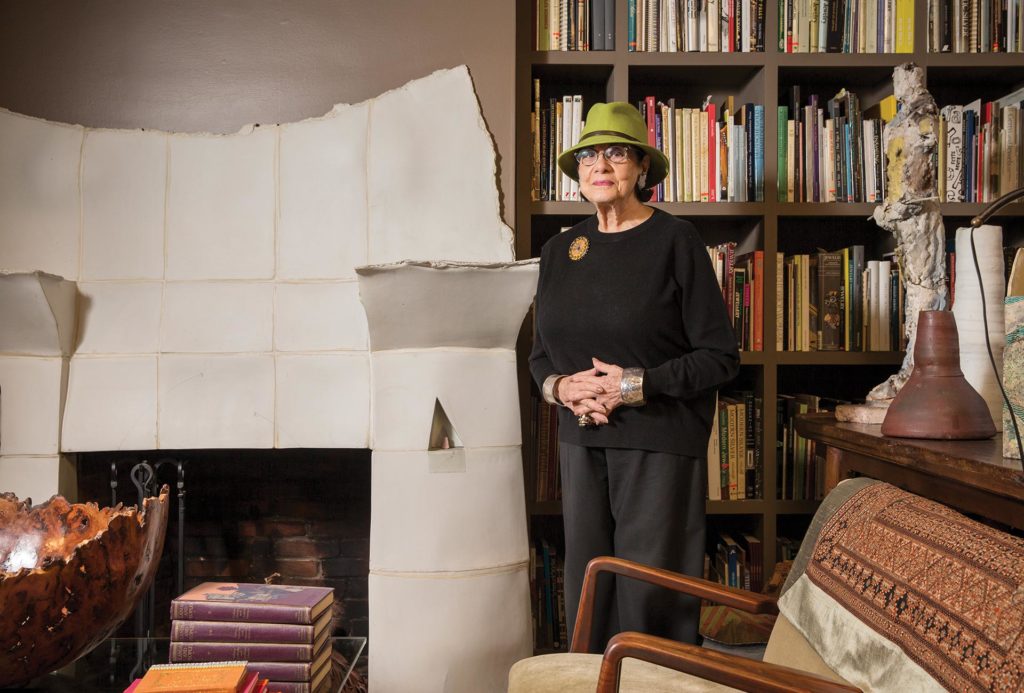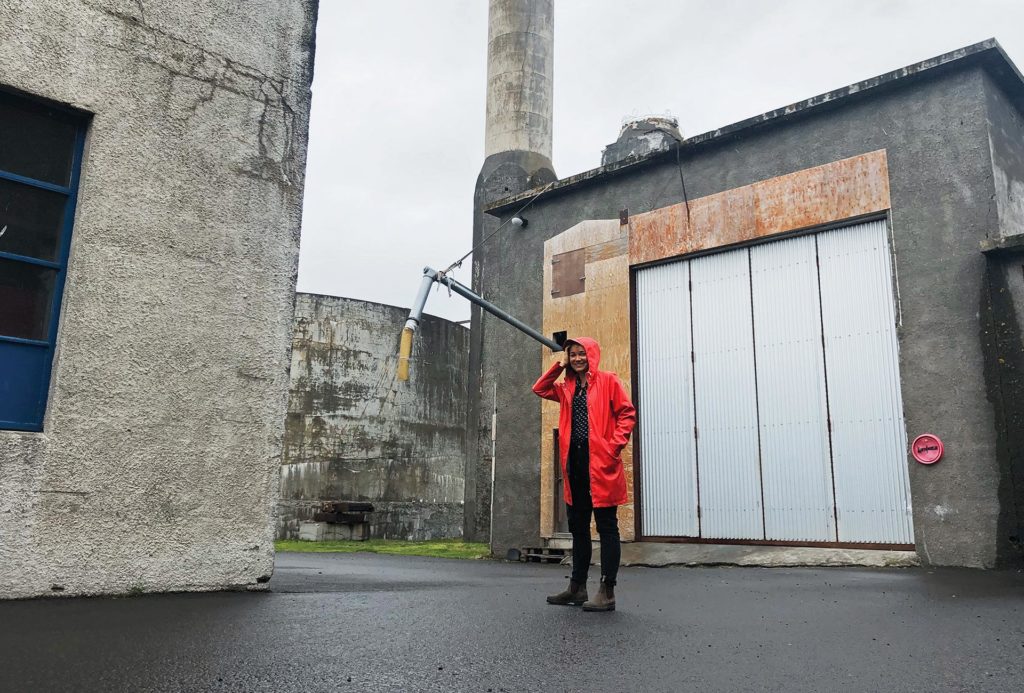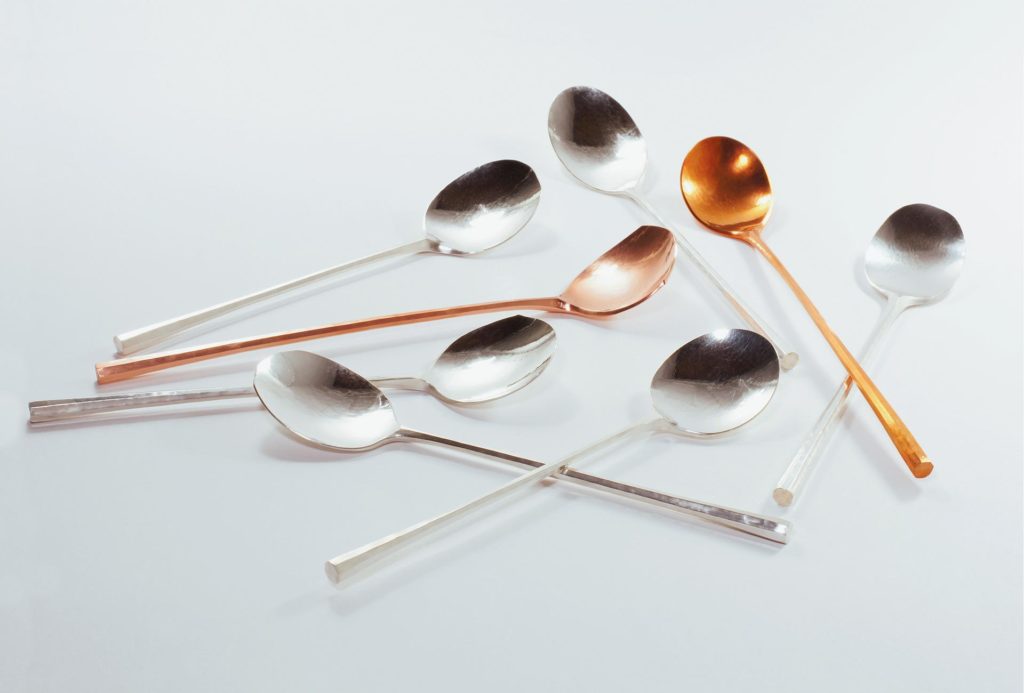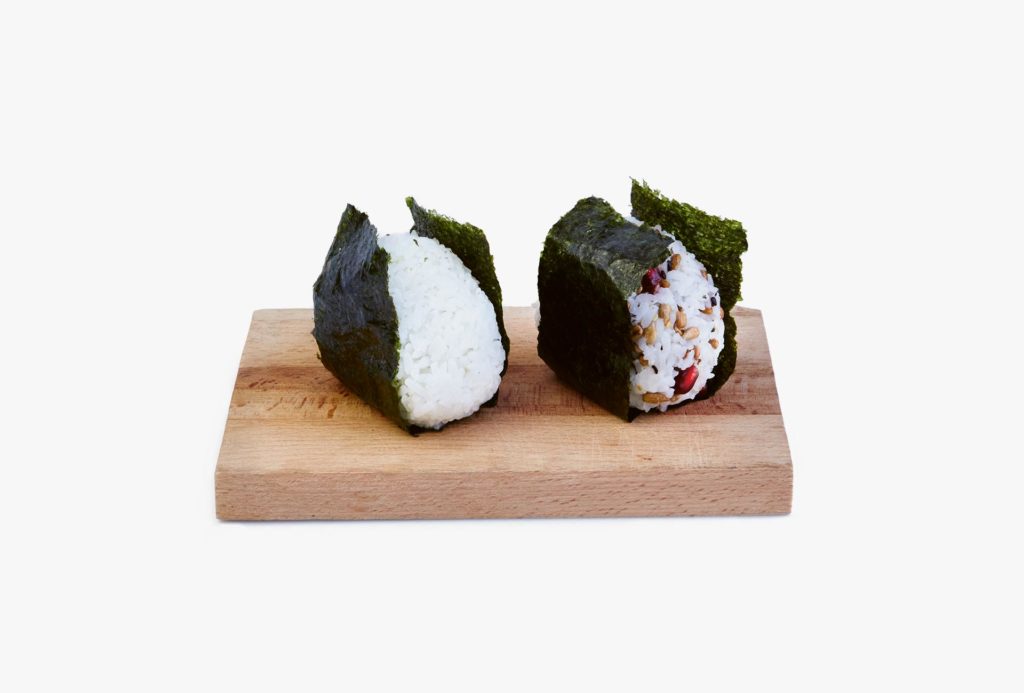Before the year’s first issue of Art Aurea (Spring 2022) went to press, we too could not have imagined that Putin would invade all of Ukraine with such brutality. Like the entire free world, we are shocked by this war in the midst of Europe. We mourn with the victims, admire the courage of the Ukrainians, their president and their entire leadership. And we stand in solidarity with a nation where the blood of innocent people is spilled for freedom and democracy.
The coronavirus pandemic was already a crisis. It highlights human vulnerability even more immediately than the already dramatic effects of the climate crisis and species extinction. But many people imagined that after the pandemic subsided, things could go on as before.
The Russian army’s invasion of Ukraine is now bringing the turning point that will give a new direction to our thinking and our lives. We were able to hear how Germany’s parliament reacted to this during the Chancellor’s government statement.
First and foremost, the free world’s strong solidarity and unflagging willingness to help must now persevere over the long term – even if it becomes uncomfortable with the passage of time. Art and craft must now prove even more strongly than before that they are important elements of a meaningful and mindful life. We continue to firmly believe in this.
Topics of the new print edition 1-2022

Helen W. Drutt English, 91, of Philadelphia, can look back on a fulfilled life as a gallerist, collector, curator, author and tireless protagonist for art and craft. As a child, she experienced both her country’s entry into World War Two and the war’s end. Thanks to her commitment and dedication, especially to ceramics and jewelry art, she participated in breaking down the boundaries between art and craft. Beginning in the 1970s, Helen Drutt’s gallery presented works by the most important jewelry artists from Europe and Germany. She thus not only gave international recognition to this art genre, but also helped to overcome cultural boundaries between the Old World and the New World.

Réka Fekete was born in Hungary’s capital Budapest in 1982. She initially wanted to become a social worker, but changed her mind after spending a year in the Netherlands. She studied art at the Gerrit Rietveld Academie in Amsterdam and now makes contemporary jewelry and art objects, thus playfully and unrestrictedly crossing boundaries that one or two generations of jewelry artists still had to laboriously overcome. Her oeuvre proves that jewelry can be inspired by anything, for example, by a pair of crossed lines or by industrial constructions, and that there are scarcely any limits in contemporary jewelry, neither in the choice of materials nor in the forms.
Maria and Hans Fischer have lived together as ceramicists for forty years. Maria Fischer describes her ceramics as unostentatious and simple. To say “they serve” might sound a bit sanctimonious, but she explains that her ceramics simply subordinate themselves to their purpose and to the meals served on or in them. Her husband likewise produces what might be called handcrafted utilitarian tableware, but Hans Fischer also makes interesting art objects which prove that he has crossed the boundary between craft and art. To base a value judgment on this would be presumptuous and would insinuate that art necessarily enjoys a higher status than good craftsmanship. This too is one of the boundaries that must be overcome.
Arts Crafts World

Rudolf Bott has selected Antje Dienstbir for the “Arts Crafts World” series. Here her hand-forged spoons in sterling silver and copper.
In addition to these main contributions, we also present artists from Europe, Japan and the USA in the Arts Crafts World series: the outstanding Japanese ceramist Yasuhisa Kohyama, the Israeli designer and animal rights activist Erez Nevi Pana, the superlative German silversmith Antje Diensbir, the inventive jewelry artist Monica Checchi from Italy, and Tiff Massey from the USA with her monumental jewelry.
Review
You will find the following topics in our exhibition articles and reviews:
“Craft is Cactus” – on the exhibition at MAK Frankfurt – until March 27, 2022.
“Gioia di ber [The Joy of Drinking] – Italian ceramics for wine and water” – exhibition at the Museo Internazionale delle Ceramiche in Faenza – until April 30, 2022.
“Jewelry for the Stage” – a cooperation between the training class for “Designers in Crafts” and the master class of the Opera Studio at the Bavarian State Opera, Munich.

Book review “You Can’t Eat Stones” – cookbook by Japanese sculptor Shinroku Shimokawa, published by Prima Publikationen. Here, rice balls wrapped with nori. Photo Shinroku Shimokawa.
Meret Oppenheim. Mon exposition – After its stay in Bern, the exhibition will be on view at The Menil Collection, Houston, USA, starting on March 25, 2022, and at MoMA, New York, starting on Oct. 3, 2022.
The finale is the contribution “Jewelry Design 2022” – with new works by leading German designers.
Art Aurea Issue 47 (Spring 2022) has 92 pages including the cover and is available in leading galleries and specialty stores for 12 euros (EU 14 euros) and by subscription.